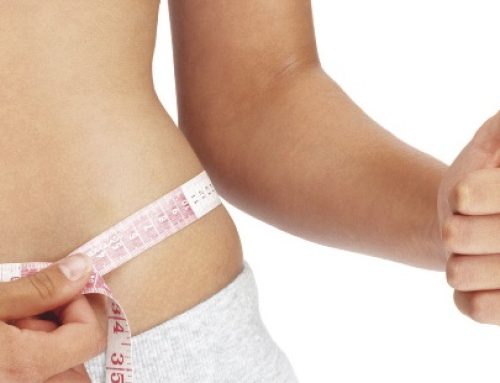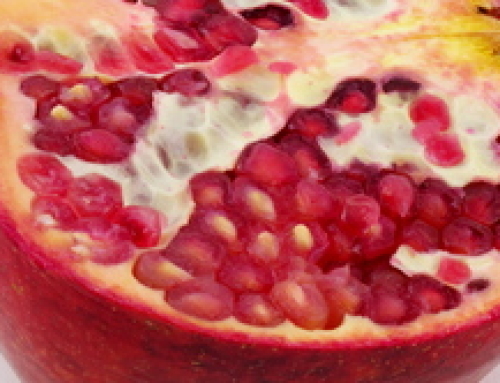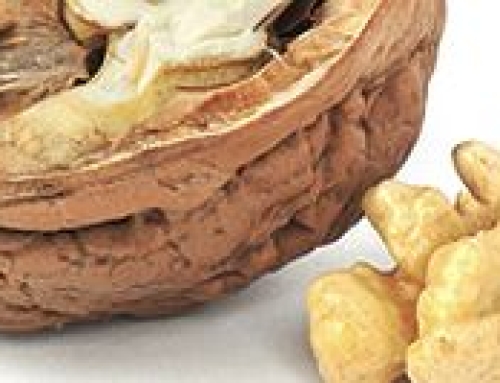Glycemic Load Foods.
Confused about what to eat when you are trying to lose fat? A good starting point is to learn about how your food affects your blood sugar, as high blood sugar is related to various illness and weight gain (Elliot 2002, Apovian 2004). The University of Toronto in 1981 developed the idea of estimating the effect a carbohydrate has on your blood sugar and giving it a rating. They used a 50 gram portion and scaled the foods from 0 -100, with 100 having the quickest response on blood sugar and therefore the less desirable. They named the rating the Glycemic Index (GI). This system had originally been used for diabetics, however there are some flaws.
The Glycemic Index is based upon 50 grams of Carbohydrates, but the Carbohydrates in most of your meals will be lower or higher than 50 grams. For example, a Carrot is rated as a high Glycemic Index food but each Carrot is only about 3 grams (Bowden 2009). In addition the index does not account for the combination of foods. For example, eating Proteins and Fats with a Carbohydrate.
The Glycemic Load (GL) takes into account the weight of the food group and is calculated as GL = GI x amount of carbohydrates per 100g serving / 100. Glycemic Load over 20 is seen as high with 11-19 medium and 10 or less as low. A watermelon has a GI of 72, pretty high but when you do the GL it is only 3.6, very low.
Some other low GL foods are:
Cashews
Grapes
Pears
Strawberries
Apples
Chickpeas
Kidney Beans





